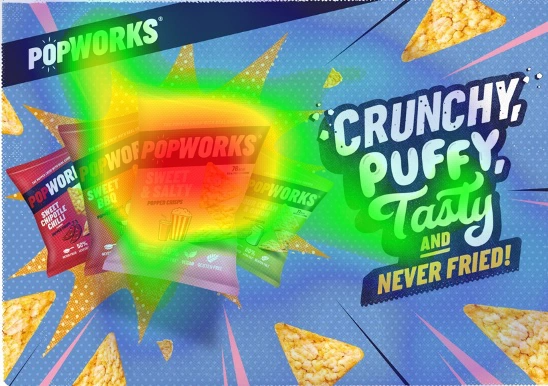A View from DMEXCO 2022 – Sustainability and the Challenge Ahead
After attending DMEXCO 2022, Business Director, Nicola Fox, shares her thoughts on the event, outlining the sustainability challenges ahead.
Digital Innovation: Balancing Growth and Sustainability
Last week marked DMEXCO’s comeback to Cologne with many of the industry’s top minds getting together to chat all things digital media, data, and tech. Presenters spoke enthusiastically about the exciting innovations taking place, with talks on the future of AI, web3, and of course everyone’s favourite buzzword of the moment, the metaverse, pulling in particularly large crowds. The developments on the horizon are exciting, if not a little daunting, but what became an evident theme across the event was that with such ambitious growth comes increased responsibility to understand the environmental impact of our work to future-proof our industry.
One session tackled this challenge head on, with Andrew Hayward-Wright, Sustainability Advisor at IAB Europe stating that with the digital advertising industry accountable for 2% of carbon emissions, the time to act is now. If the internet were a country, it would be the 5th largest global polluter (in line with Japan) and as damaging to our planet as the aviation industry.
If that wasn’t worrying enough, our footprint is only set to grow. Internet usage is anticipated to increase by at least 40% every year until 2030. Even Gen Z, coined the ‘climate-conscious generation’, are one of the highest consumers of online digital content, so it’s clear that the change must happen from within. What’s more, the digital ad industry is growing too, contributing CO2 emissions equivalent to 45 million passenger cars every year. That’s an average of 5.4 tonnes of CO2 per campaign, so we all have a role to play.
The good news is that a positive change is happening and much of the innovation discussed across the conference was geared towards providing brands with more sustainable ways to interact with their consumers. Snap focused on the role for AR technology in reducing customer returns. In the UK, 1 in 3 online fashion purchases are sent back and the sad reality is that a significant proportion is diverted to landfill. Snap anticipate that AR lenses which enable consumers to try before they buy could reduce returns by up to 80%.
The development of solutions like this, as Ellie Bamford, Global Head of Media & Connections at R/GA presented, are being driven by a shift in scrutiny. 78% of consumers expect the companies they buy from to have a positive social impact and over half of us will boycott a brand if we think their business practices are unethical. This information is easily accessible, consumers are aware, and they’re voting with their wallets. Now, more so than ever, everything brands do matters. It’s not just about what they say, but how they show up, and where they buy their media. Responsibility is key to success.
As OOH experts who operate in the public realm, here at Talon we recognise our role in protecting our planet and helping our clients to activate sustainably as the sector continues to digitise. We recently joined the IPA Media Climate Action Charter to support the industry’s transition to a zero-carbon future. As part of our continued commitment to sustainability, we have also launched a Sustainability Squad who are working to ensure that everything we do as a business is environmentally responsible.
As an industry, we have a big challenge ahead of us. We don’t have all the answers and whilst I’m not yet convinced that AR will ever solve the problem of ill-fitting jeans, what’s clear is that positive strides are being made. The time for change is now and the responsibility to identify robust measurement frameworks and sustainable solutions is on every one of us, for where innovation will take our industry over the next 10 years is entirely dependent on the decisions we make today.




